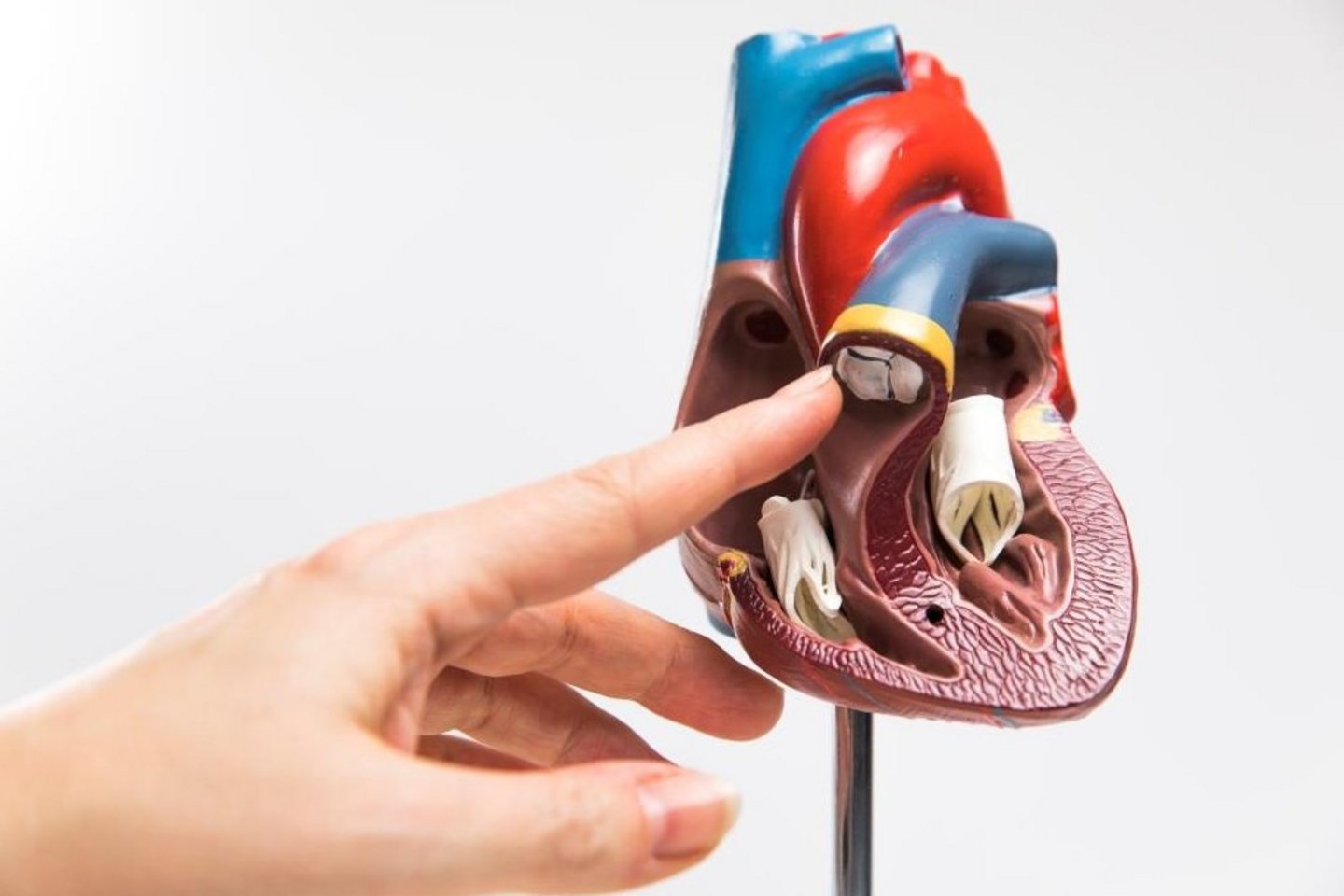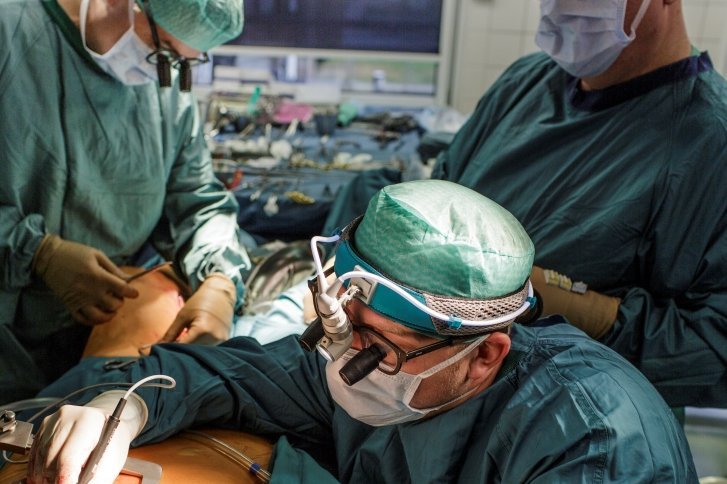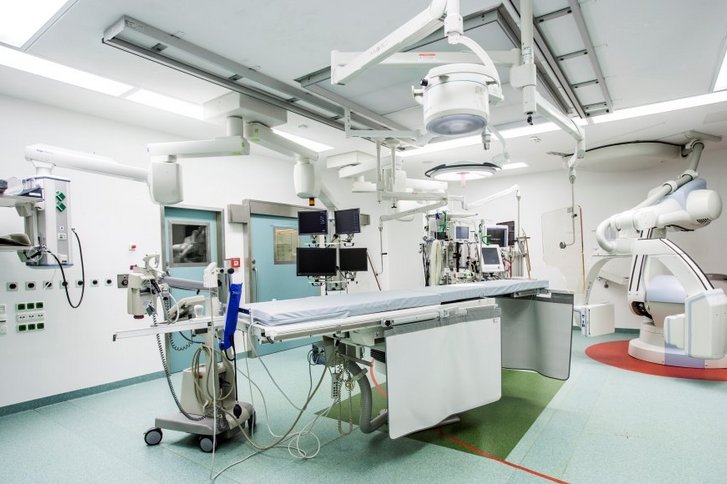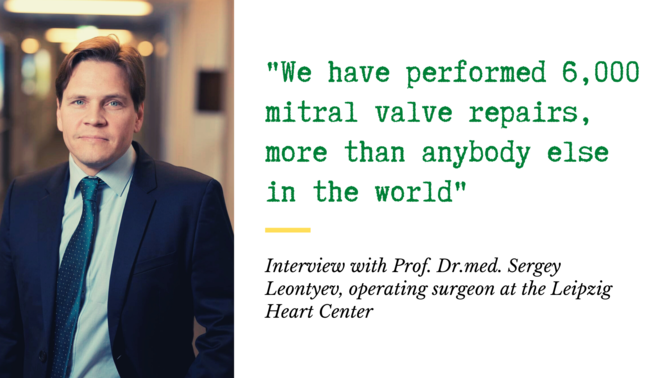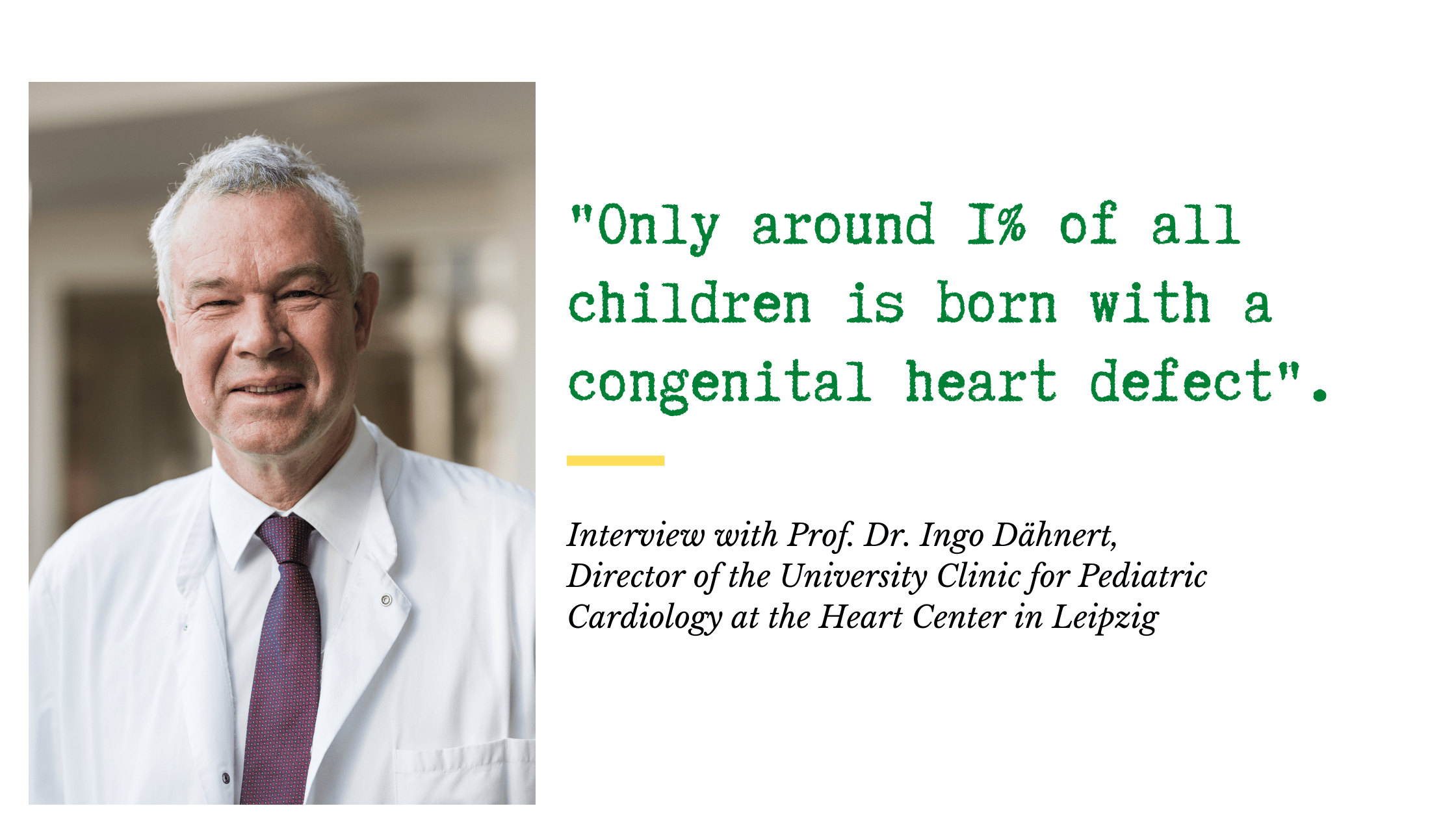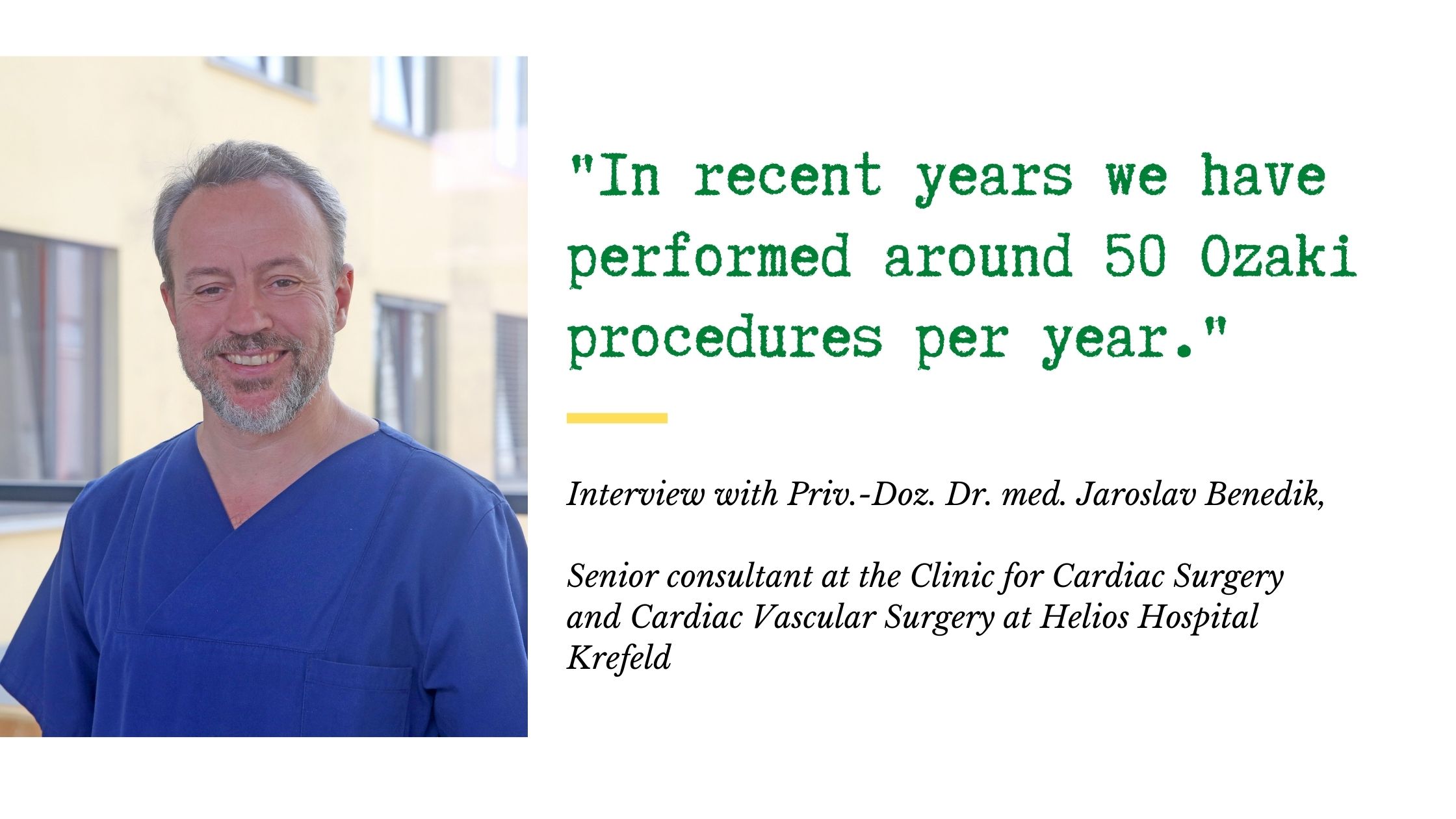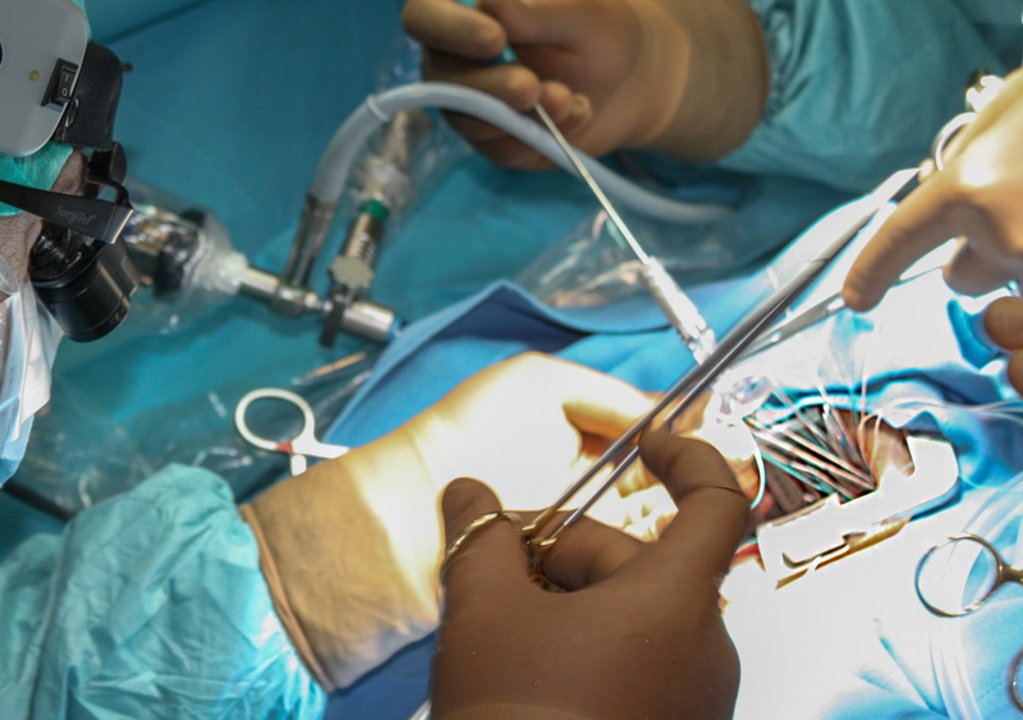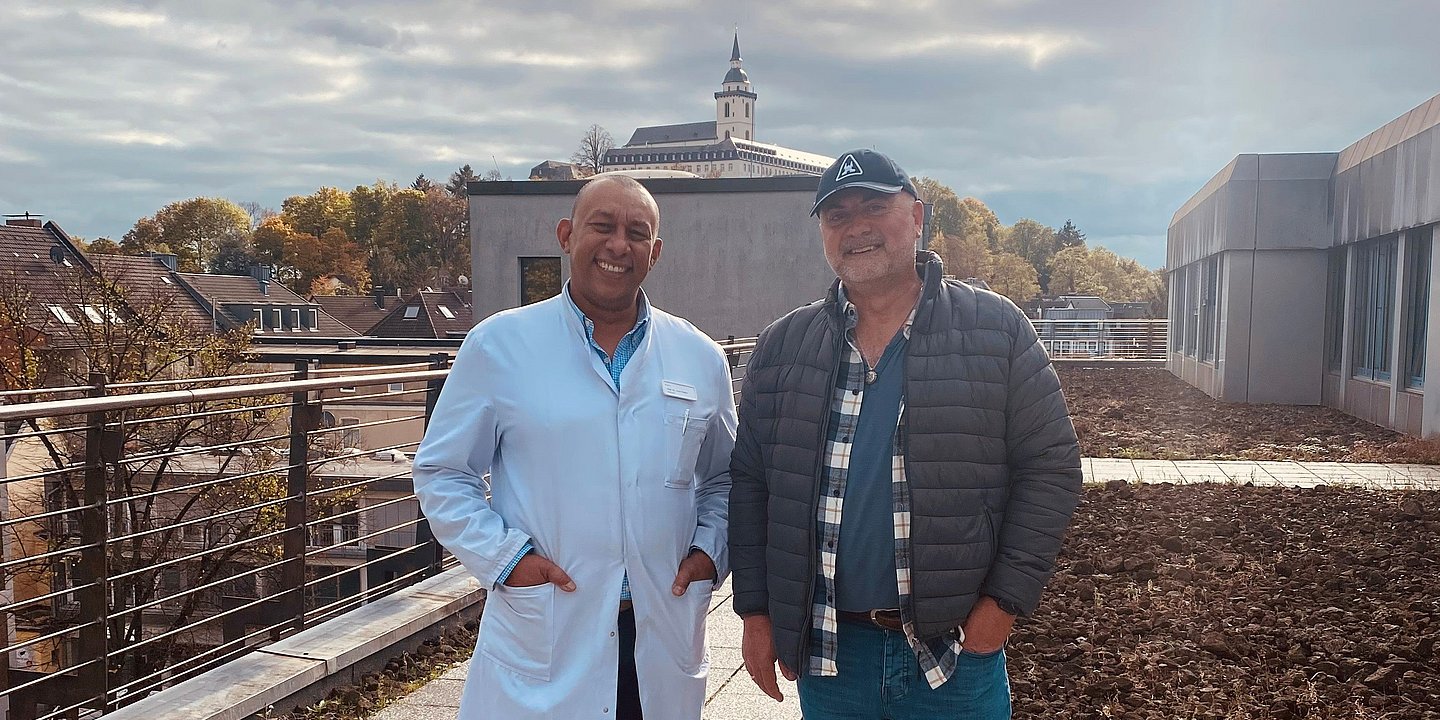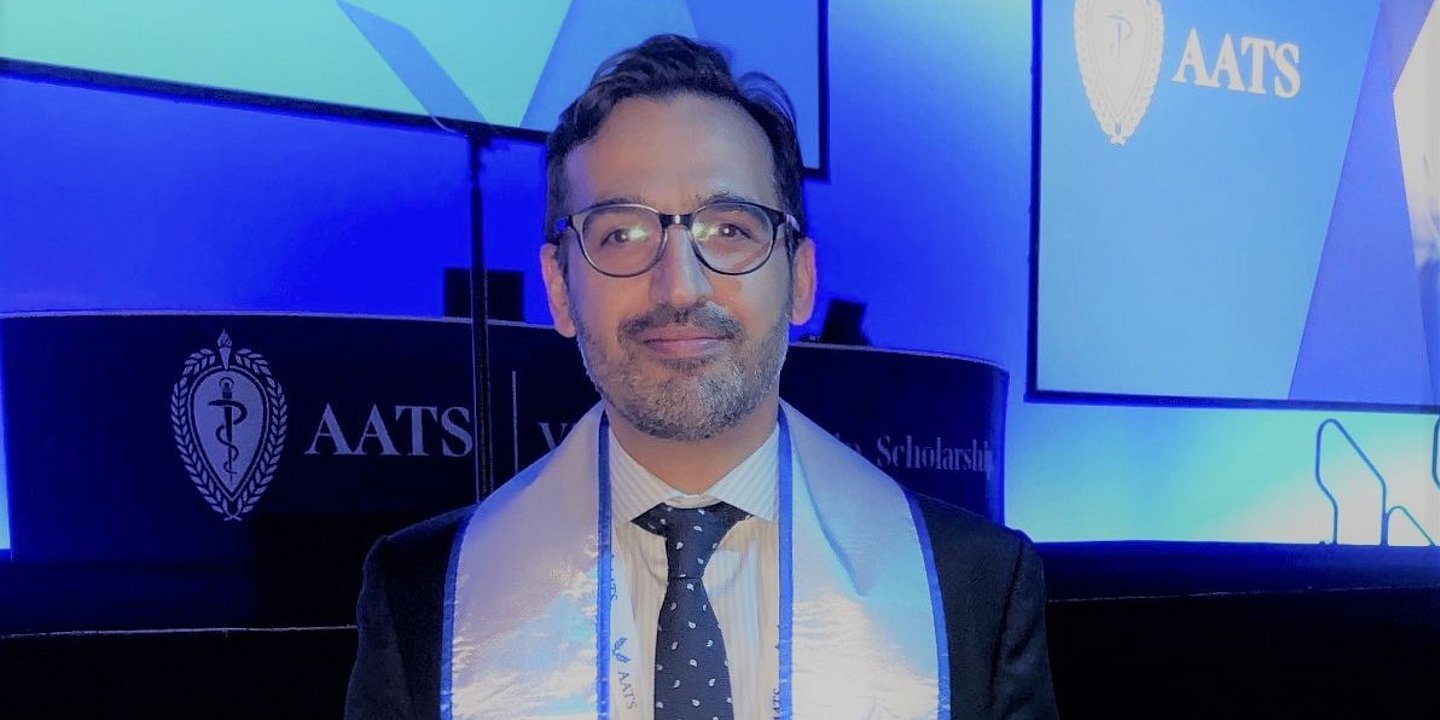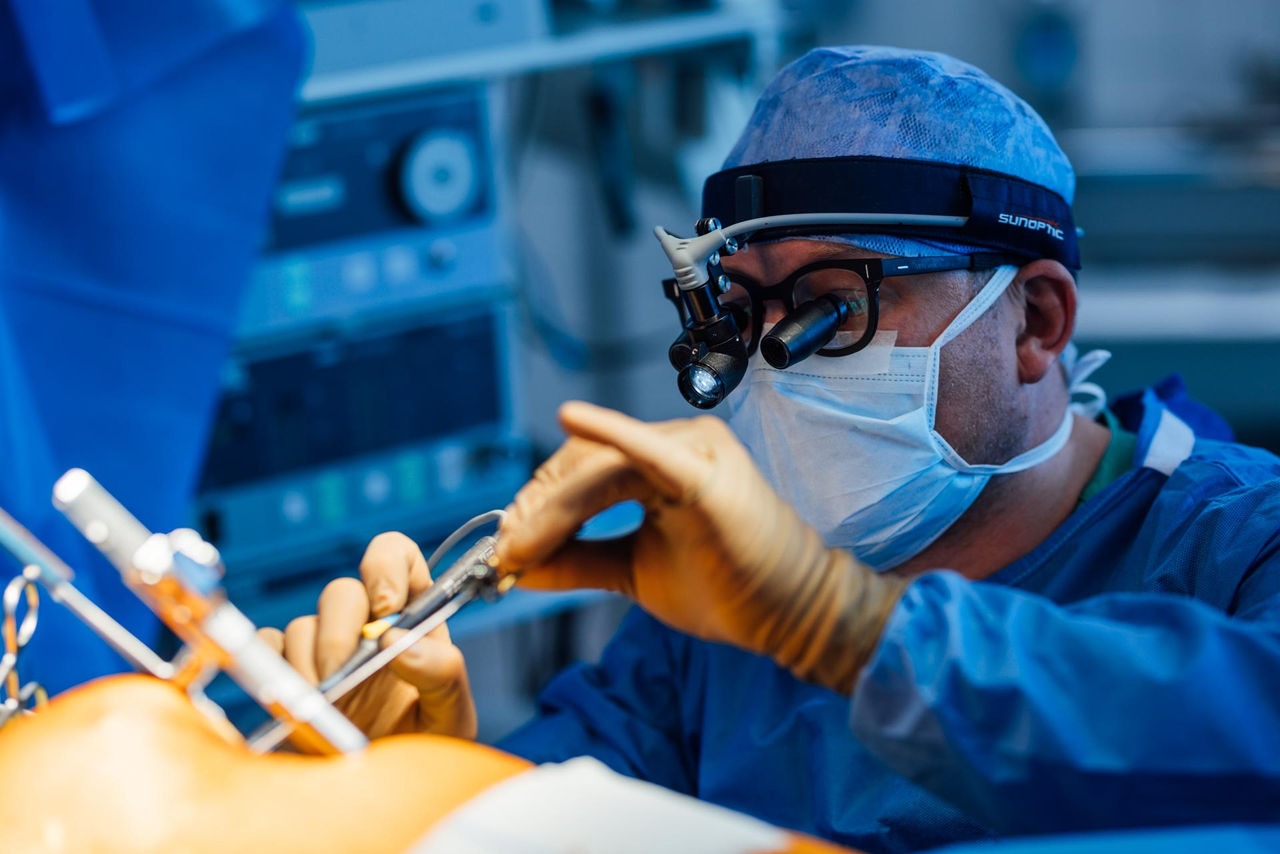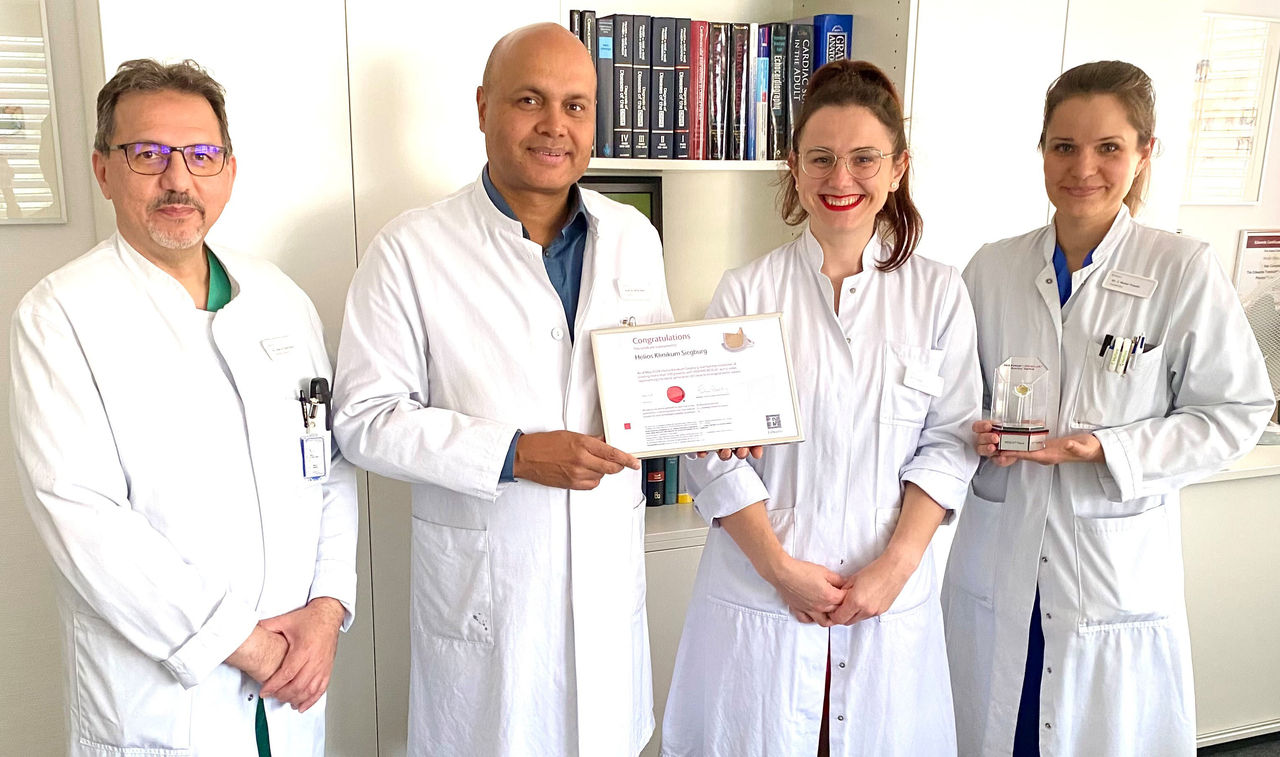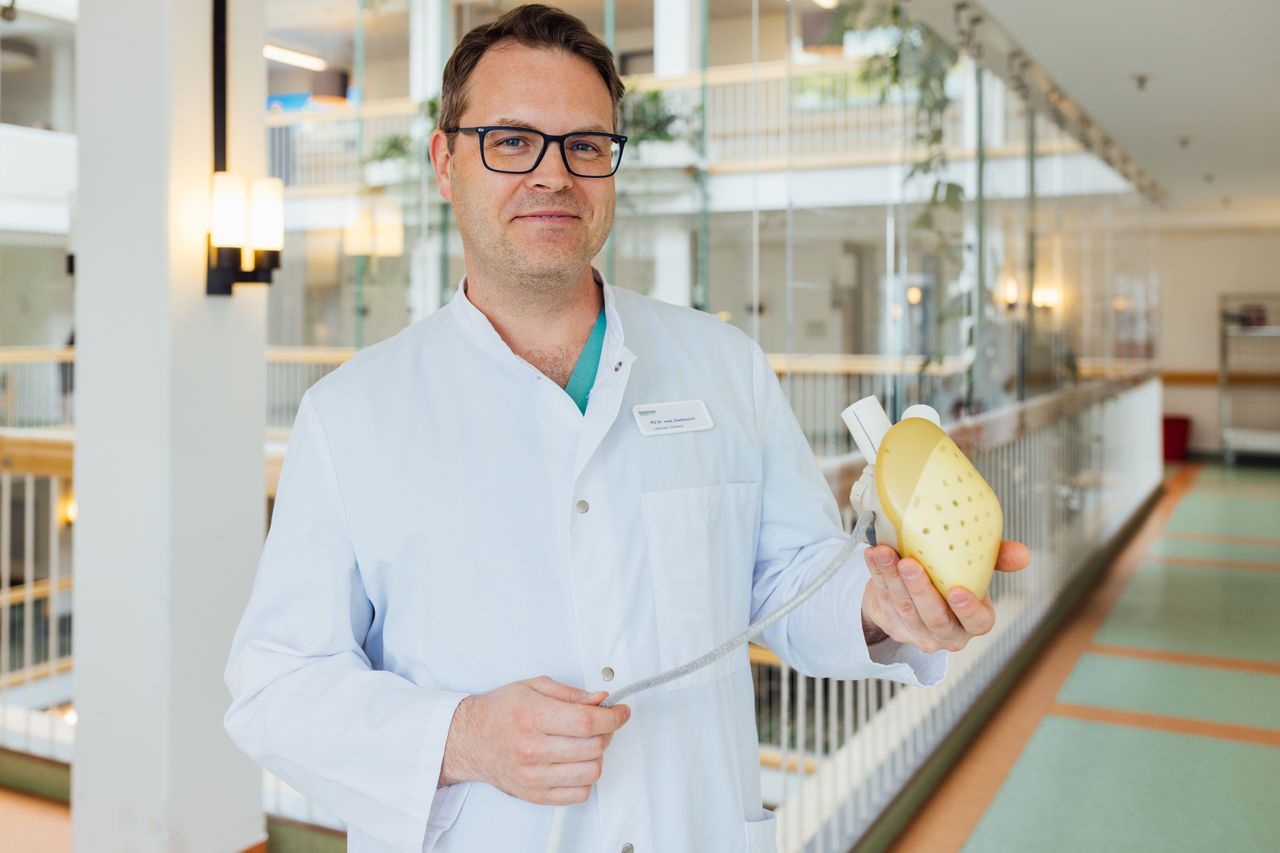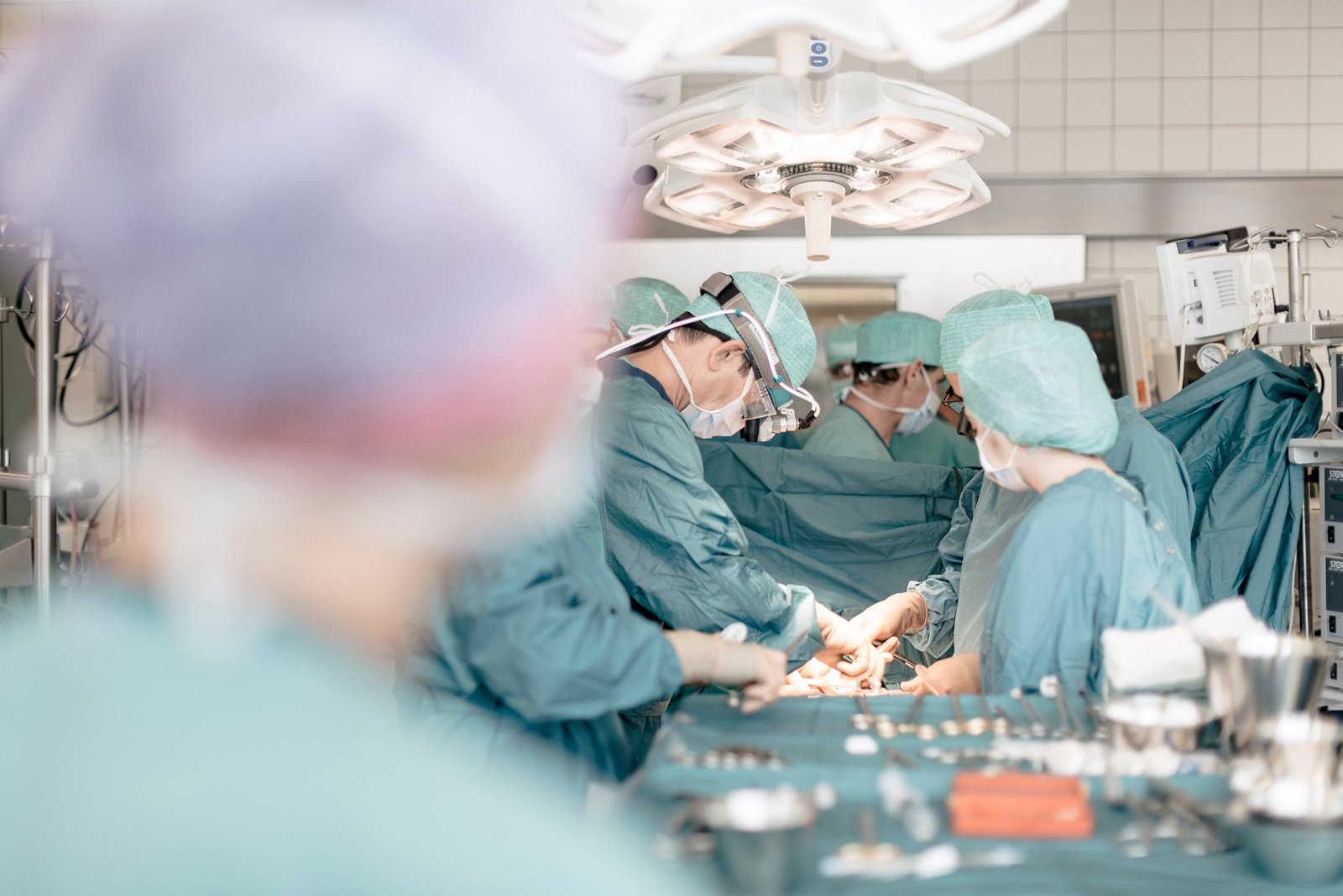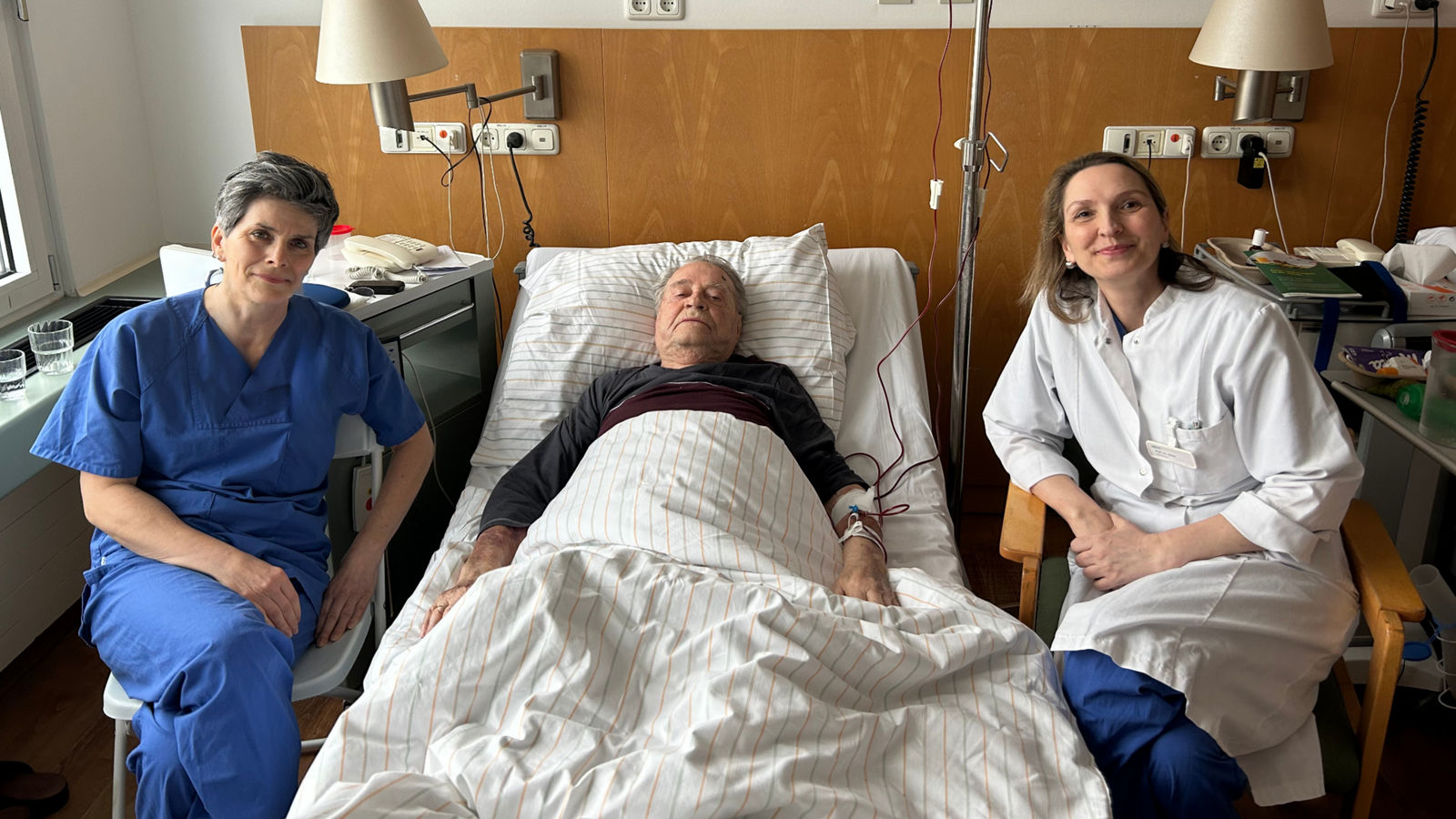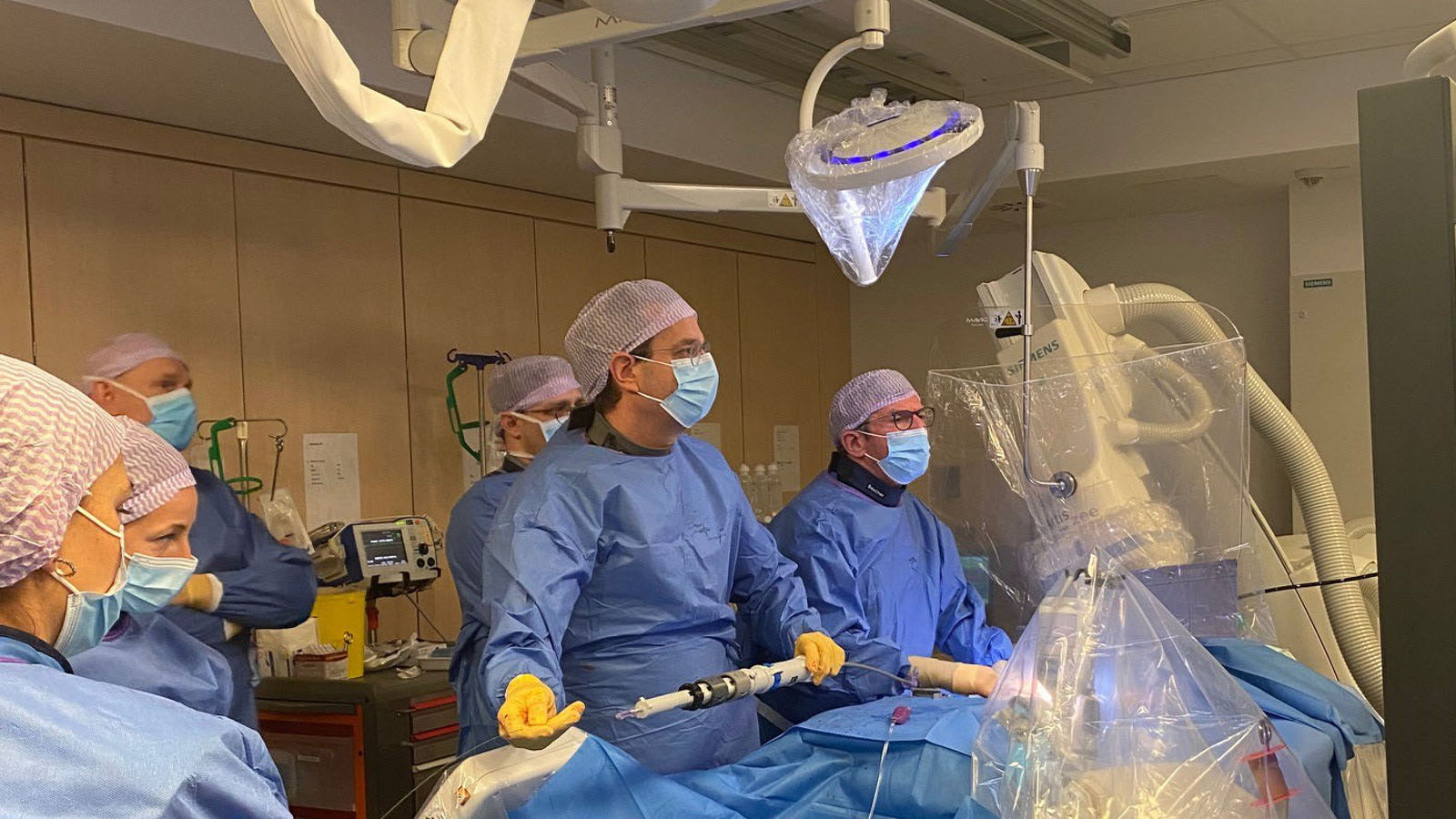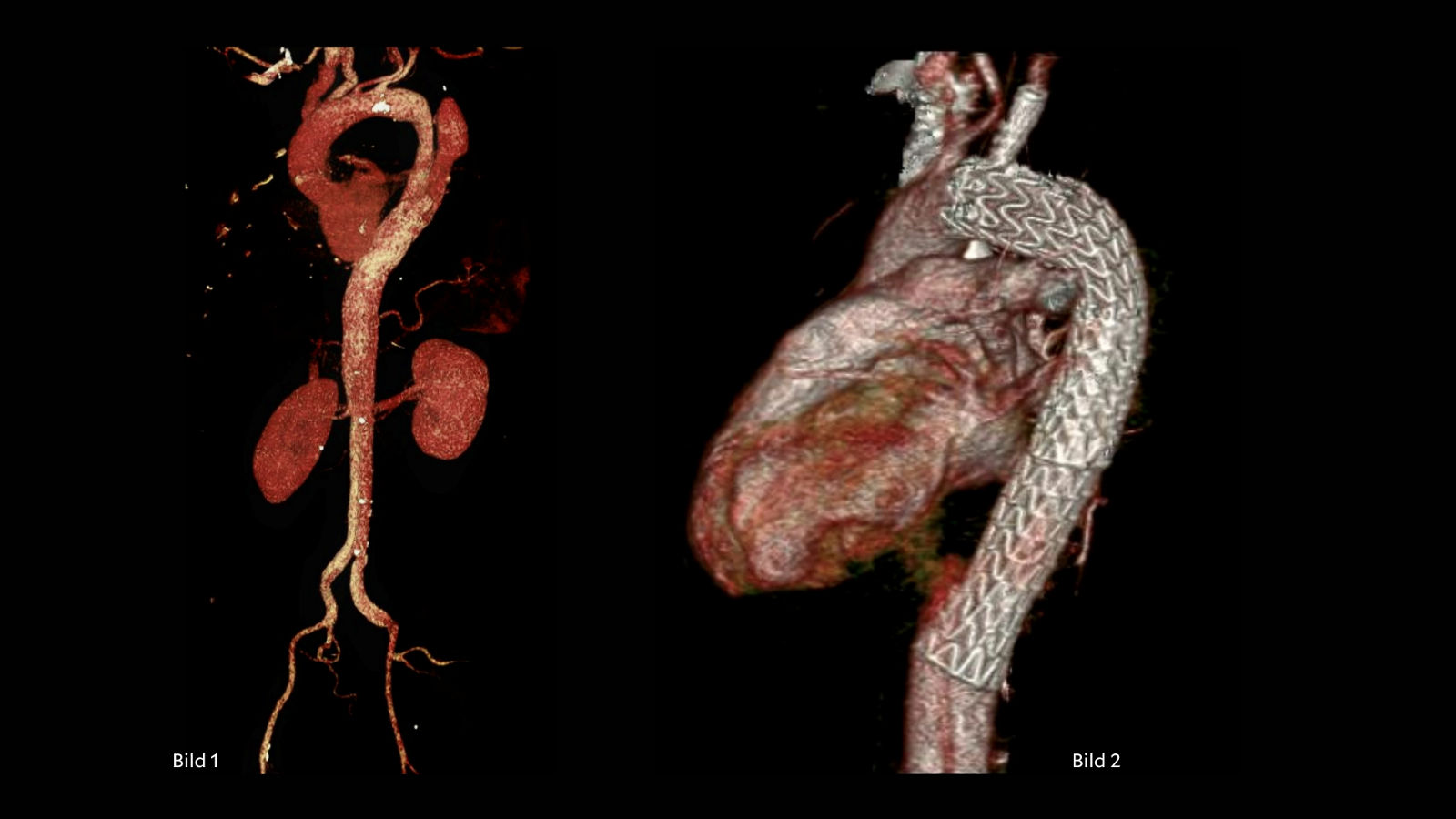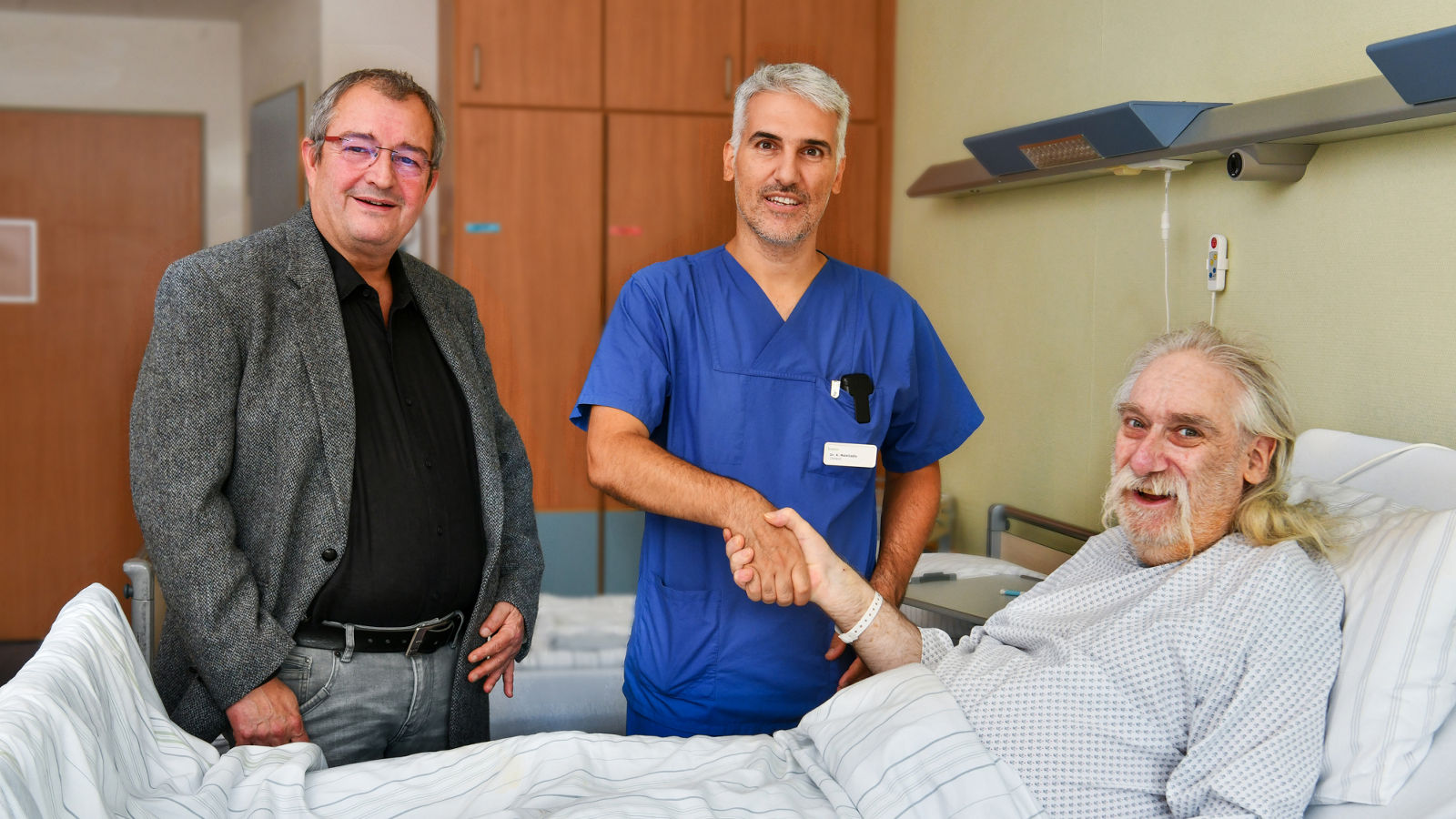
Mitral valve surgery
The mitral valve is one of four valves, also known as bicuspid valve, located in the heart. It consists of posterior and anterior valve flaps (leaflets), which are surrounded by a ring of connective tissue. Moreover, both valve leaflets are connected to the heart muscle by thin tendons that prevent the valve from opening on the wrong direction.
The mitral valve connects the left atrium with the left ventricle. The blood from the lungs flows into the left ventricle through the mitral valve, from where it’s expelled into the body with every heartbeat. The mitral valve prevents the blood from flowing back into the lungs.
Mitral valve insufficiency is a condition, when the mitral valve leaks and the blood flows back into the lungs.
Mitral valve stenosis means that the valve doesn’t open properly, blocking blood flow into the left ventricle, which leads to blood accumulation in the left atrium.
Both mitral valve insufficiency and mitral valve stenosis can lead to shortness of breath, fatigue, chest pain, cardiac arrhythmia or swelling of the legs. Mitral valve insufficiency might have no symptoms at an early stage.
Mitral valve insufficiency
What is mitral valve insufficiency?
Mitral valve insufficiency is one of the most common mitral valve disease in Germany. In most cases, the cause of the disease is a stretching of the connective tissue ring or a rupture of the thin tendons of the mitral valve. Furthermore, a heart muscle damage can change the position of the valve leaflets and thus lead to mitral valve insufficiency. The condition can be treated in 95 % of cases by a leaflet repair, also called reconstruction.
Mitral valve insufficiency treatment
- If surgery is recommended, doctors perform detailed examination with echocardiography or transesophageal echocardiogram.
- This is followed by an assessment of whether your mitral valve can be repaired (reconstructed). This is possible in most cases and is carried out with minimally invasive surgery (keyhole technique).
- After various examinations and consultations, your surgeon decides which reconstruction method suits you best. At our Helios Heart Centers we use only the latest and patient-friendly procedures.
Did you already know? The first thoracoscopic mitral valve reconstruction (minimally invasive mitral valve reconstruction) was performed by prof. dr. Friedrich-Wilhelm Mohr at the Leipzig Heart Center.
Mitral valve reconstruction procedure
- On the admission day to the ward, doctors get a detailed information from you, check your documents and carry out any other necessary examinations, e.g. blood tests, X-rays, echocardiography.
- When all documents and examinations are complete, the surgeon and the anesthesiologist discuss a necessary surgery with you.
- The surgery takes place the following day. It’s performed under general anesthesia. A surgeon gets access to the mitral valve usually through a small incision on the right side of the chest. Then you’ll be connected to the heart-lung machine through the artery in the right groin and the heart is stilled.
- Mitral valve reconstruction restores the natural the mitral valve with an artificial ring and artificial tendons. After successful testing of mitral valve function, the heart-lung machine is removed and the incision is closed.
- You wake up from the anaesthesia in the recovery room. Then you’re transferred into the recovery room (Intermediate Care) for the 24 hour monitoring.
- Afterwards the patients are usually transferred into the normal ward. In most cases, the length of stay is five to seven days.
Which patient-friendly surgical methods are available?
If a disease has affected only the mitral valve, the doctors perform the surgery through a minimally invasive access in the right side of the chest (keyhole technique). This surgical method was co-developed at the Heart Center Leipzig. In very rare cases, the surgery can be performed only on the open chest, for example, if a patient has previous injuries or diseases of the right lung or if a further intervention on the heart is necessary.
Catheter-assisted mitral valve reconstruction with MitraClip system
Catheter-assisted mitral valve reconstruction is indicated for patients with very high surgical risk. In this procedure, a catheter is introduced into the right groin to coapt the anterior and posterior mitral valve leaflets together, thus eliminating the leakage. Unfortunately, in many cases, the complete removal of the leak isn’t possible. Also a leak might come back.
This therapy is suitable for treating symptoms. The procedure is performed by a cardiac team consisting of a heart surgeon and cardiologist at a special department for structural heart diseases.
Mitral valve stenosis
Mitral valve stenosis is rare and can be treated usually only by implanting a biological or a mechanical heart valve.
Mitral valve stenosis treatment
Mitral valve stenosis can be temporary treated by stretching the mitral valve leaflets with a balloon (balloon valvuloplasty). However, when the mitral valve is narrowed, both mitral valve leaflets are usually altered in such a way that the entire mitral valve is replaced by a biological or mechanical mitral valve. The surgeon discusses with you the advantages and disadvantages of each artificial heart valve and which treatment is recommended. Together you decide which type of valve will be implanted in your case.
Mitral valve surgery safety
Mitral valve reconstruction is one of the safest heart valve operations as of today. For example, heart surgeons at the Heart Center Leipzig have already performed more than 6,000 operations on mitral valves, the majority of them was carried out with minimally invasive techniques.
The surgical risk is determined by age, physical condition, presence of concomitant diseases and urgency of the operation (emergency or planned surgery). The surgeon will discuss all risks with you individually during a consultation.
Mitral valve surgery outcome
Mitral valve surgery helps to restore the function of the heart valve and heart, reduce the symptoms of mitral valve disease such as shortness of breath, chest pain, fatigue, cardiac arrhythmia and legs swelling, and prolong your life.
Read more:
Do you need more information about Helios Hospitals or want to schedule your treatment?

